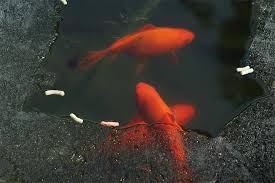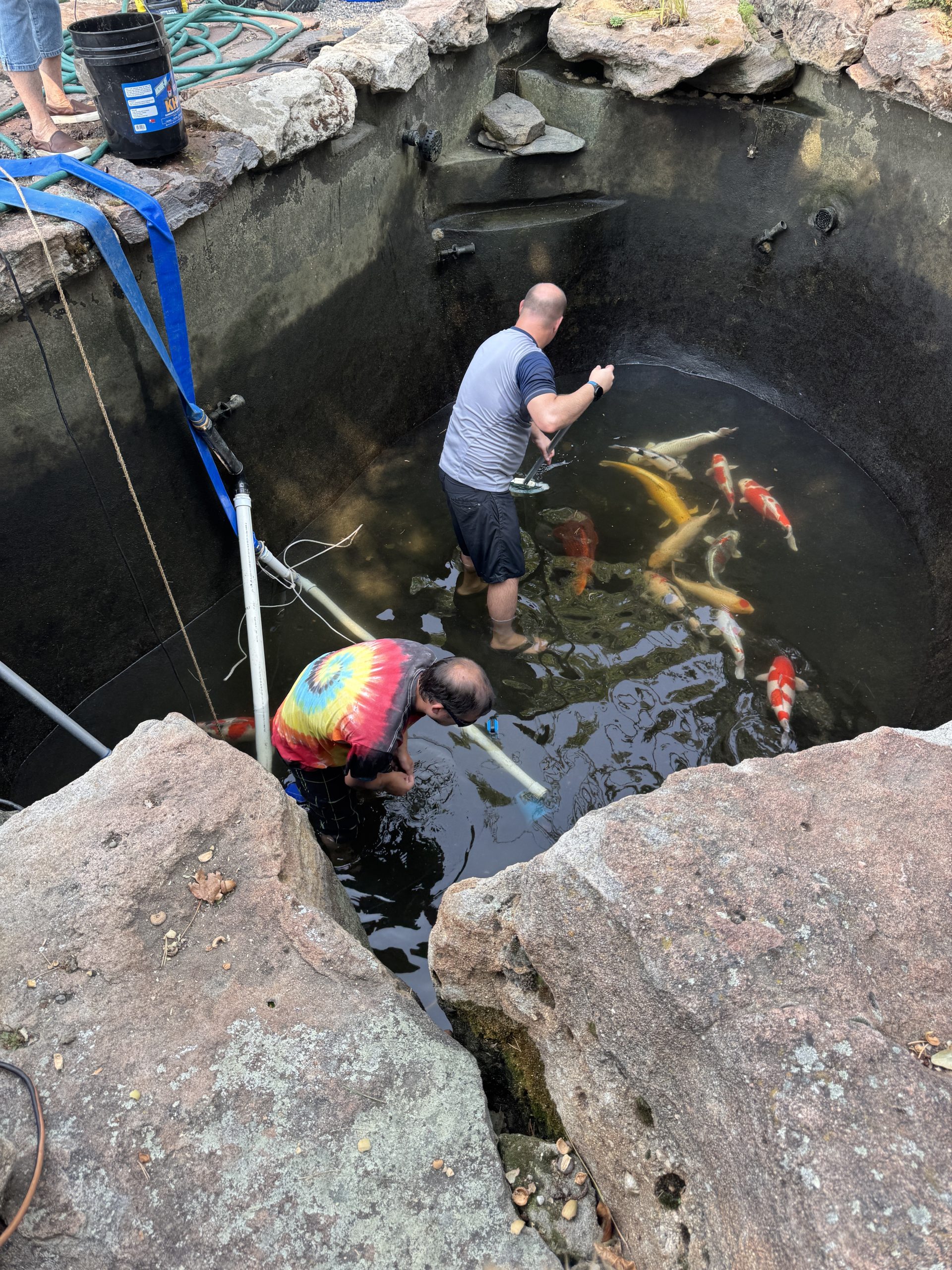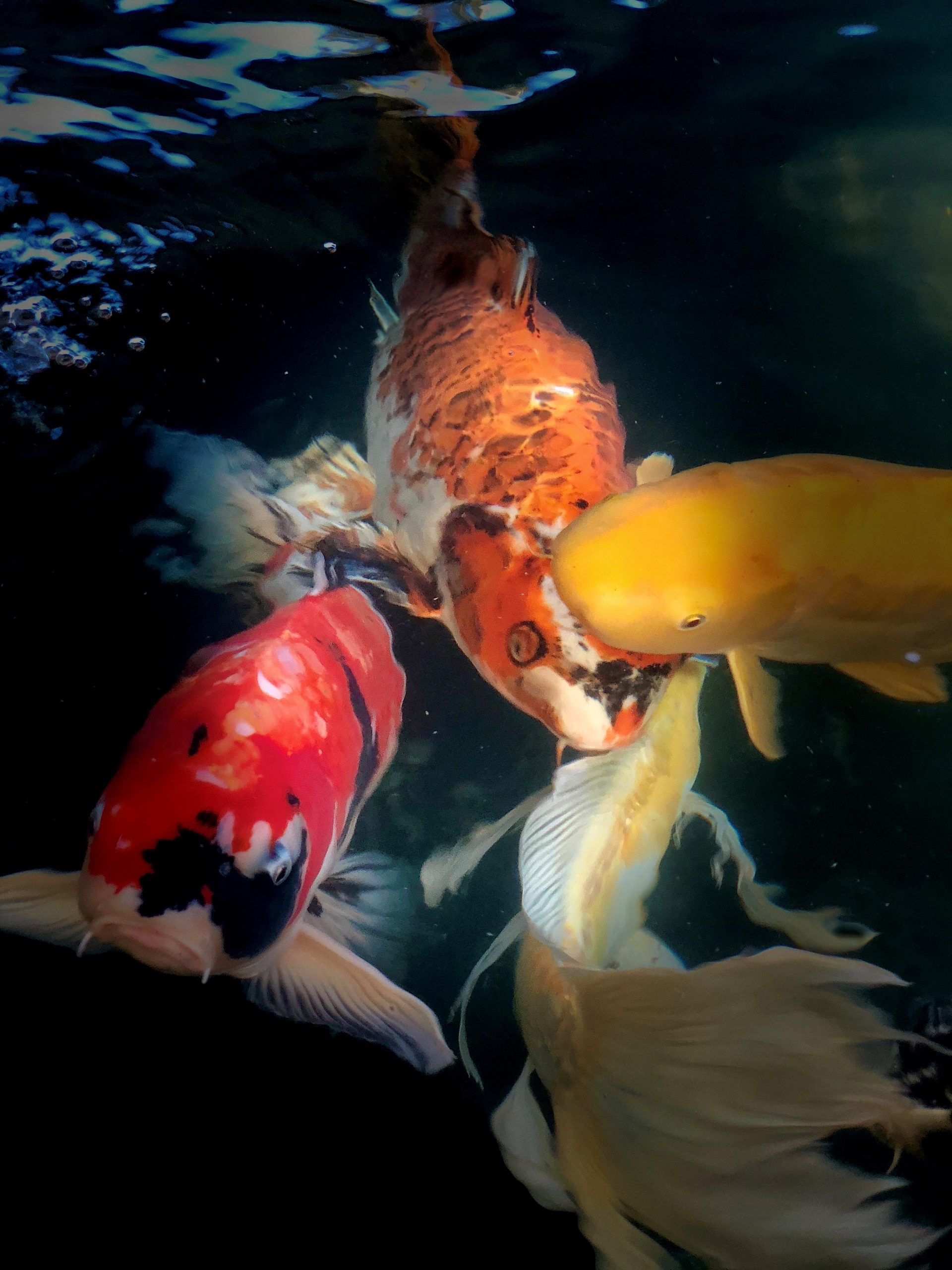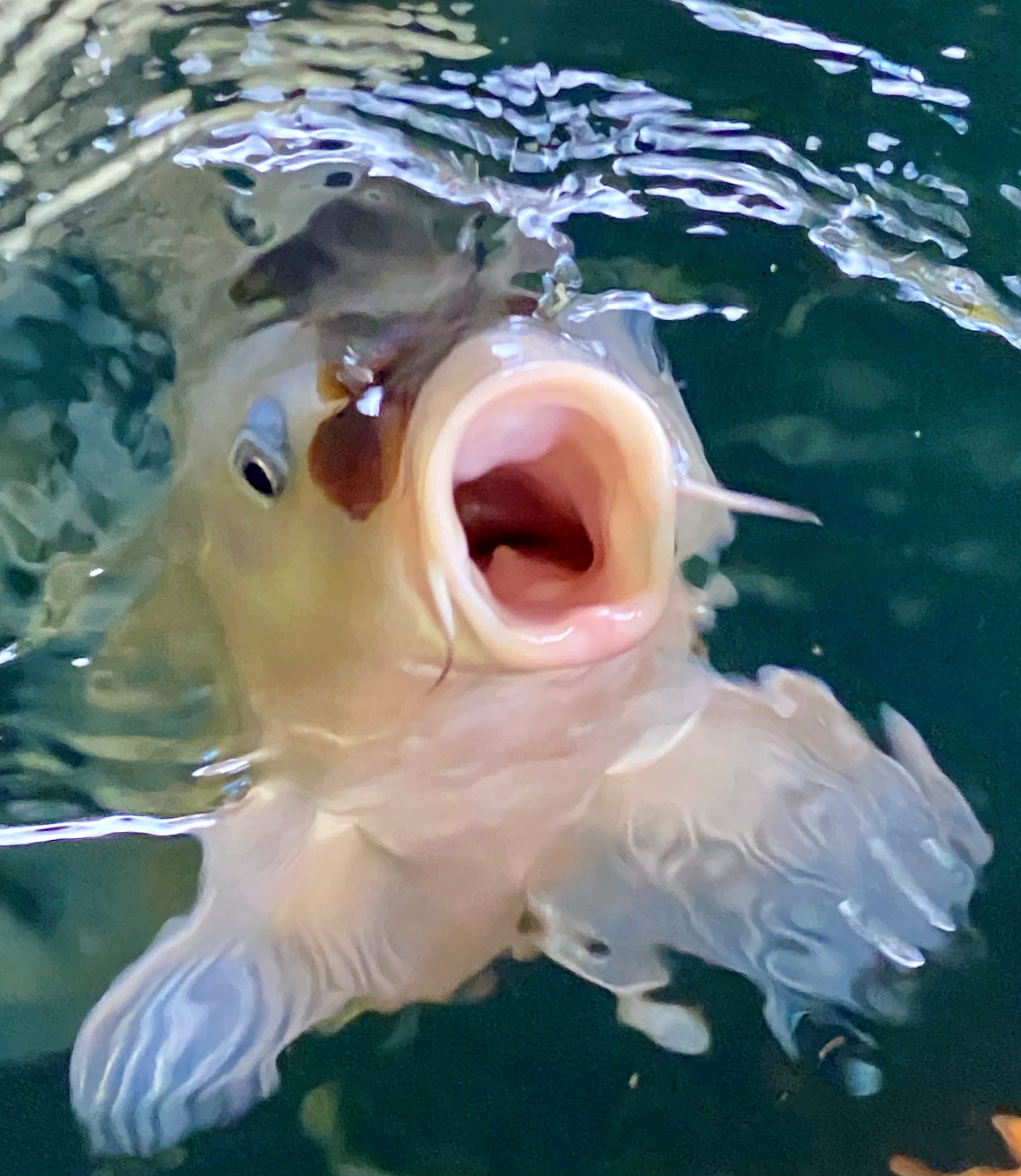For anyone with a pond, once the fish are added, we become responsible for them and want NOTHING to happen to our babies, right? So, we quarantine new fish, feed carefully, do regular water testing and all the rest. But, some things are out of our control, like the annual Storm Seasons…
It’s painful to watch from the window as the pond overflows, waiting to see if the fish are going to swim down the street. Wondering when lightning will strike those poor fish! Will the power last, to keep the filter running?? What will I do? Basically, there is nothing you can do and for your own safety, you can’t go outside at all. Here are some of the things you can do to prepare for a storm.
Before the storm:
- When a storm is predicted for your area, stop feeding the fish 5-7 days before it is expected to hit you. That will limit the ammonia being produced in the pond and protect your water quality.
- If your fish are in a low spot on the property, you can use sandbags to build up the perimeter, keeping the fish inside the pond. Sandbags are less likely to be washed away than a newly built berm.
- Adding leaf netting over the pond should help to keep most of the debris out of the pond.
- The day of the storm, I recommend turning off the filter. Add fence to shelter the pond. House roofing materials and tree limbs are likely to become airborne. If possible, we want to keep as much of these out of our ponds.
After the storm:
- When the storm passes, you need to flush the filter and hoses before starting to use it again. That will help prevent stagnant water and anaerobic bacteria from flushing into the pond with your fish.
- At the end of the storm, it will be necessary to test for KH level. Heavy rains are noted to greatly reduce the KH, which can be harmful to your fish and limit the ability of your pond to cycle.
- It is important to do a partial water change and to remove any debris from the pond.
- You will need to add more Nitrifying Bacteria (Microbe-Lift/Nite Out II). These are oxygen dependent bacteria that begin to die after 4 hours with no circulation in the pond. The Nite Out II, itself, has a short shelf life of 12-18 months. Without them (Nitrosomonas and Nitrobacter), the pond can cycle on its own, but takes 5-6 weeks and will endanger many of your fish during the process. Do not start feeding the fish until there is zero ammonia, nitrites, and your test shows sufficient nitrate to indicate the pond is now cycled again.
The dangers:
WIND: blows roof tiles and all sorts of dirt and things into the pond that should not be there.
RAIN: overflows ponds, wreaks havoc with pH and KH. Fish can be washed out. Ponds near the ocean can be over-salinized.
LIGHTNING: IF the pond is hit, will paralyze, kill, or leave the fish with “break-back”, and the noise of it is stressful.
You’ll be interested: Libido Supplements: A Comprehensive Guide to Boosting Your Sexual Health





